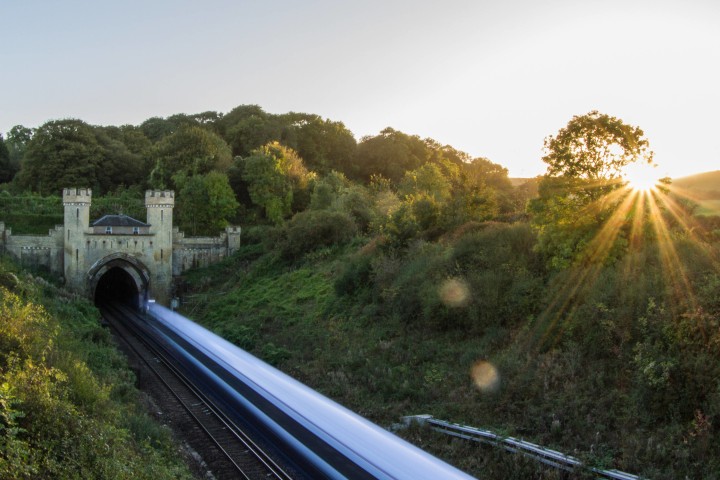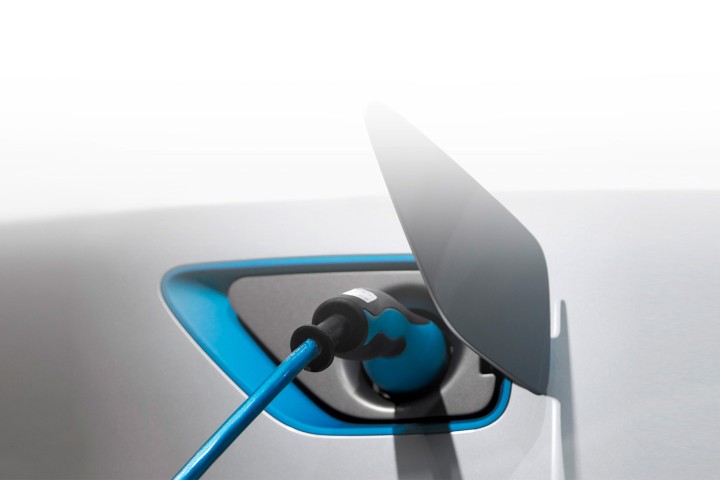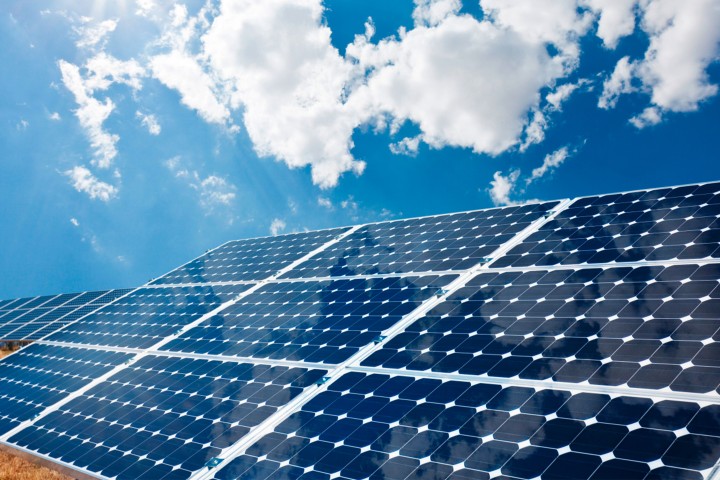
Halfway point: are we achieving our sustainability targets?
The half-time whistle has been blown and everyone goes off to the dressing room. At half-time, players and their manager ask themselves: what went well? Did we reach our goal? It is now half-time at WACKER, too – as regards our sustainability targets for 2030. The following article lets you listen in to what’s being said in the dressing room and hear the coach’s assessment of the situation.
Efficient insulation strategy for plants and buildings
June 2025 marks the midway point and we are working hard to achieve our target of net-zero CO2 emissions. WACKER has set important milestones along the way. One of them is to halve our original CO2 emissions by 2030 (vs. 2020). This is ambitious – because splitting chemical molecules and converting them into new products is time-consuming and energy-intensive. “We are making very good progress,” says Peter Gigler, Head of Sustainability, encouraging his team. “But there are still areas where we need to improve.” WACKER’s sustainability strategy is based on three pillars: Value Up, Footprint Down, and Collaboration Beyond.
Further facts and figures can be found here.
Fighting for the last percentage points
“Our products increase the value of our customers. By 2030, we only want to offer them products that fully meet our defined sustainability criteria,” he says. The standard for this is set by the World Business Council for Sustainable Development. “We are very much on track here,” he adds. 94% of sales generated by our products already meet these criteria. “But we know that achieving the last few percentage points is sometimes the hardest part,” warns Gigler in his capacity as coach.
In addition, we are making sustainability even more transparent for our customers. We can now use a new system to automatically calculate the product carbon footprint for our products.
“Our products create added value for our customers. By 2030, we only want to offer them products that fully meet our defined sustainability criteria”
Peter Gigler, head of Sustainability.
Most of our sites use renewable energy

WACKER is making very good progress when it comes to reducing absolute Scope 1+2 greenhouse gas emissions.
The midfield is crucial: what’s happening with WACKER’s own carbon footprint (Scopes 1+2)? “We want to halve our absolute greenhouse gas emissions by 2030. We have now reduced them by 30% (versus 2020),” says Gigler. What played a part here? In the case of direct emissions, more efficient processes in particular. For example, distillation plants that consume less energy or new heat recovery systems.
“We can also significantly reduce our emissions by purchasing renewable energy.” After all, over 70% of the energy needed for our processes is already electricity-based. In recent years, a large number of our sites have already obtained their electricity from renewable sources. Take the example of our plant in Holla, Norway, where WACKER produces metallurgical-grade silicon in electric furnaces. Further sites are to be converted to green electricity over the next few years. In Germany, the higher proportion of renewably generated energy in the electricity grid has played a part, too – the right environment is crucial, whether on the sports field or in industry.
Working together with suppliers and customers

Overview of WACKER’s absolute upstream Scope 3 greenhouse gas emissions. This refers to emissions from purchased goods and services as well as activities relating to fuel and energy.
Winning a game is always about teamwork – and that applies to our sustainability targets, too. That is why we think beyond our company boundaries along the entire value chain. By 2030, all key suppliers are expected to meet defined sustainable standards (in the form of either an EcoVadis assessment or a TfS audit). Current status: 84% of suppliers meet the defined criteria. In addition, 97% of suppliers have signed WACKER’s Supplier Code of Conduct. This code covers, for example, environmental protection, the conscious use of local resources such as water and energy, and safety standards. "A great success for our purchasing team," praises Gigler.
Emissions from purchased raw materials are a particular challenge, as we are greatly dependent on the results of the other teams as well. WACKER’s CO2 emissions from the purchase of raw materials (Scope 3) fell continuously between 2020 and 2023, but they increased last year. “We are pursuing the right tactics here over the long term. 2024 was not representative due to the lower purchase volume,” explains Gigler in his capacity as coach.
How do we start the second half?

Highly integrated production sites such as the one in Nünchritz, eastern Germany, are the key to low-waste and energy-efficient chemical production.
As regards our target of halving CO2 emissions by 2030, 30% has been achieved at the halfway point (versus 2020). “We are right on schedule,” Coach Gigler attests. But that’s no reason to let up. All of our projects for more sustainability must always be rated in two respects if they are to benefit WACKER: they must not only reduce CO2 emissions, but also function as a business model. So: “Let’s keep going, stay sustainable and move in the right direction together,” says our coach.

Contact
We would be happy to assist you with any questions you may have concerning sustainability at WACKER.
Send a message








